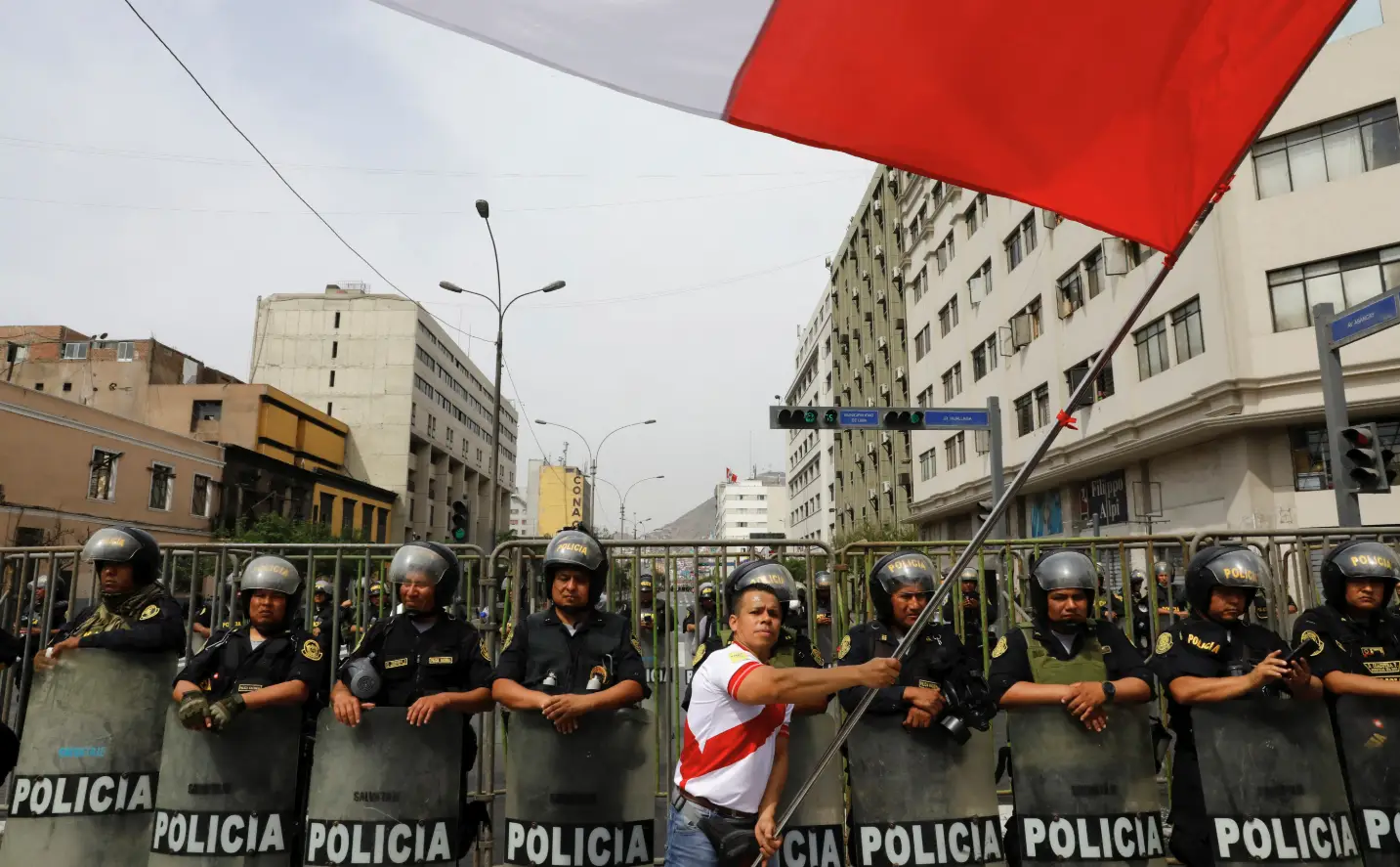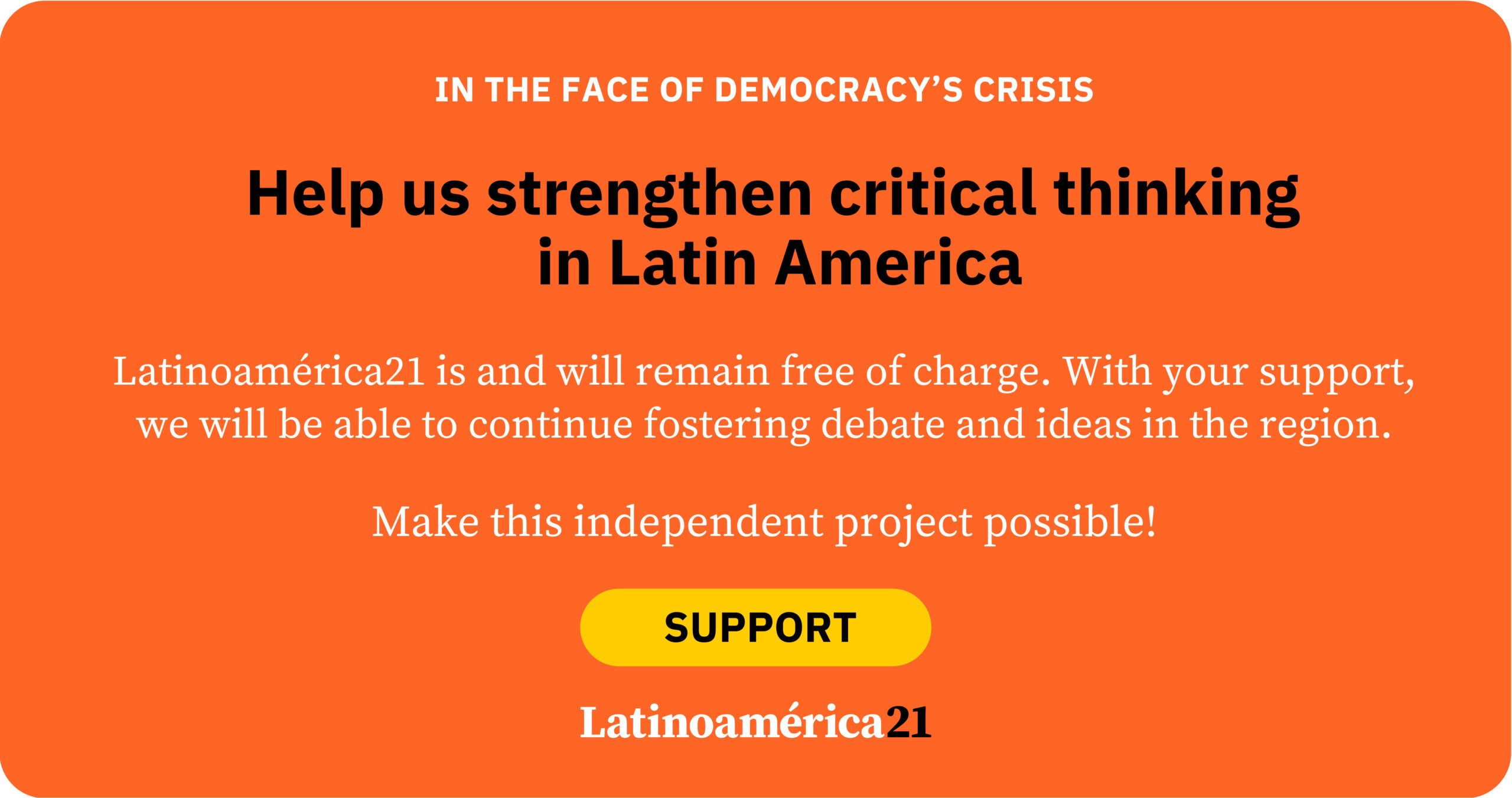There was a time when political instability was considered an almost exclusive trait of Latin America. Coups, presidential removals, weak governments, and legislative fragmentation have been part of the region’s political DNA for decades. Meanwhile, Europe was once the benchmark for institutional stability, with predictable democracies and political systems that ensured continuity and governance. But that distinction has faded. Today, political volatility is no longer just a Latin American phenomenon—the Old Continent is also grappling with fragile governments, ungovernable parliaments, and growing public disaffection.
However, key differences remain. In Latin America, political instability often leads to severe governance crises, threats to democratic order, and constant uncertainty about the future. In Europe, while institutions are under strain, the system remains intact. What was once a contrast between two different worlds has become a mirror with nuances: fragmentation and polarization have crossed the Atlantic, but with vastly different consequences.
Portugal illustrates this new European reality. In just one year, two governments have collapsed due to the inability to consolidate parliamentary majorities—a phenomenon all too familiar in Latin America. The recent fall of Prime Minister Luís Montenegro is just the latest chapter in a growing cycle of political instability. While this does not threaten Portugal’s institutional framework, it does generate uncertainty and wear down the system.
Germany faces a different but equally troubling issue. A country once synonymous with stability is now caught in a cycle of endless negotiations. Friedrich Merz, leader of the CDU, has capitalized on the decline of Olaf Scholz’s government, but voter fragmentation makes forming a governing coalition an arduous and fragile process. In a continent where parliamentary systems have long guaranteed governability, rising political fragmentation is starting to erode that reliability.
While Europe is facing new challenges, Latin America remains trapped in a much deeper structural crisis. It is not just about legislative fragmentation or difficulties in forming coalition governments. In the region, political instability has meant abrupt leadership changes, institutional crises, and, in some cases, democratic backsliding. The comparison is valid, but the consequences are far more severe in Latin America.
Political crises in the region go beyond the difficulty of governing. In many cases, they involve governments collapsing before completing their terms, direct confrontations between the executive and legislative branches, and the rise of leaders who seek to bend or break the rules. Peru is the clearest example of this phenomenon: in just four years, the country has cycled through six presidents, with Congress turning presidential impeachment into a routine conflict-resolution mechanism. Ecuador has also followed this path.
In 2023, Guillermo Lasso invoked the muerte cruzada to dissolve the National Assembly and avoid impeachment—an extreme measure that underscores the fragility of Ecuador’s political system. In Argentina, the lack of parliamentary majorities has forced presidents to govern by decree, further weakening the legitimacy of the system and eroding trust in democracy.
Juan Linz, in his classic study on the “perils of presidentialism,” warned of these dangers long ago. While parliamentary systems allow for smoother transitions of power without triggering systemic crises, Latin American presidentialism often fuels power struggles that become unresolvable. The absence of legislative majorities and weak institutions have turned many Latin American presidents into isolated figures, forced to negotiate with fragmented congresses or resort to exceptional measures to hold onto power.
Despite its recent struggles, Europe’s systems still have mechanisms to cushion instability. While political fragmentation has made government formation more difficult, institutional integrity is not under the same kind of threat seen in Latin America. In Spain, for example, rising polarization has turned politics into a battlefield of fragile alliances, yet government transitions continue to occur within democratic frameworks. In France, the semi-presidential system has forced Emmanuel Macron to navigate a divided Parliament, but without jeopardizing the continuity of the state.
Even so, European stability is not what it once was. The decline of traditional parties, the fragmentation of the vote, and the increasing difficulty of building consensus have made parliamentary systems face challenges that previously seemed exclusive to Latin American presidentialism. If this trend continues, Europe may discover that instability is more contagious than it seems.
The erosion of political stability in Europe does not mean the continent is heading toward a Latin American-style crisis, but it does serve as a warning. Fragmentation, polarization, and governance difficulties are not exclusive to any one political model. What differentiates resilient democracies from fragile ones is not their institutional design but the ability of political actors to manage uncertainty without dismantling the system.
For Latin America, the lesson is clear: surviving crises is not enough—institutions must be built to reduce their frequency and impact. This means strengthening democratic culture, moving away from reliance on personalist leadership, and promoting political negotiation as a tool for governance rather than turning every disagreement into an existential crisis.
For Europe, the challenge is to prevent fragmentation from turning into paralysis. Stability is not a given; it is a continuous effort. If European political systems fail to adapt to the new reality of increasingly fragmented electorates, they may find their prestigious tradition of stability eroding faster than anyone imagined.
Ultimately, neither Latin America nor Europe has a guarantee of stability. The difference between the two regions lies not in the presence of crises, but in how they are handled. And in that regard, both have much to learn—and much to fear.
*Machine translation proofread by Ricardo Aceves.













